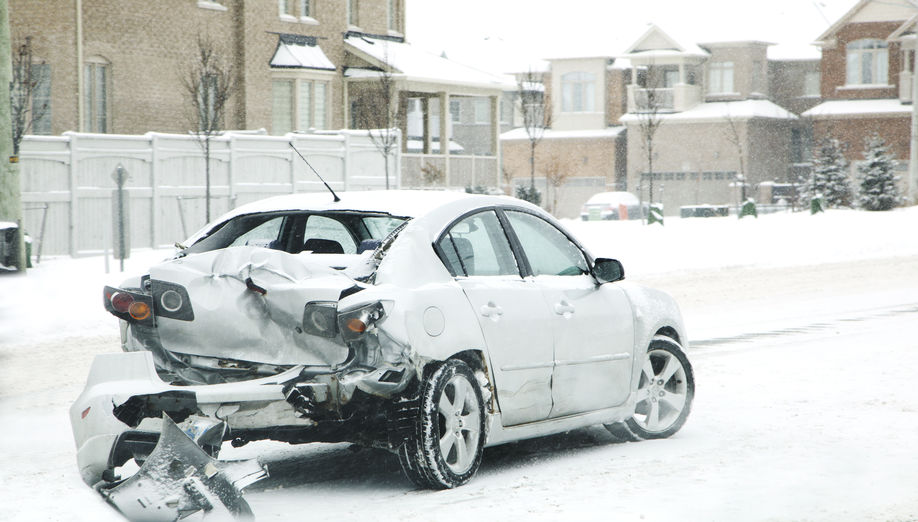3 Factors Used in Establishing Fault After a Car Accident
Asking “Who was at fault?” after a car accident is a natural reaction since fault is used by insurance companies to determine which driver and their insurance provider is responsible for damages, and the driver at fault might even find themselves on the receiving end of a personal injury lawsuit.
Establishing fault in a car accident is not always simple or obvious. Insurance adjusters and attorneys will take a hard look at three factors when trying to determine fault: traffic laws, no-doubt liability situations, and police reports.
Complicating matters even more is the fact that Wisconsin operates under a comparative negligence or shared fault law. This means that more than one party involved in the accident could bear partial fault for the accident. This can affect the outcome of claims and personal injury cases by reducing the claim or case value amount by the same percentage of the applicant’s fault amount. For example, if you are found to be 35% at fault for the accident, your claim is reduced by 35%. Professional legal representation is even more important in states like Wisconsin due to these types of shared fault laws.
Using Evidence to Prove Fault
Establishing fault usually requires proving that a driver was acting in a negligent or careless manner and that the accident occurred due to those actions.
- Traffic laws are always examined in proving fault. These “rules of the road” outline the rights and responsibilities of drivers, including rights-of-way, following distance, speed limits, and more. If it can be proven that a driver violated a traffic law, that person is much more likely to bear fault for the accident.
- No-doubt liability situations are those that insurance companies view as uncontestable. Examples include rear-end collisions and accidents involving a left turn. In both of those situations, the rules of the road require certain following distances (rear-end collisions) or actions (yielding to oncoming traffic) be followed. Accidents involving either of those situations indicate that the driver was not demonstrating an appropriate level of care and was therefore acting negligently. It is not a guarantee that the driver will be found liable, but it does lend support to the argument that they are at fault.
- Police reports provide reliable third-party evidence and can indicate whether any traffic laws were being violated at the time of the accident. They may also provide additional helpful information such as driver behavior, weather conditions, or extenuating circumstances such as construction activity or line-of-sight obstructions.
Eisenberg Law Offices Can Help In Establishing Fault
The car accident attorneys at Eisenberg Law Offices help people who have been in vehicle accidents by gathering evidence, including interviewing witnesses, to support or defend their position. If you need help establishing fault or negotiating an insurance claim, contact our team and take advantage of our free case consultation to better understand your situation and your legal options.
Call Eisenberg Law Offices at 608-256-8356 or email [email protected] to arrange a free case consultation.

